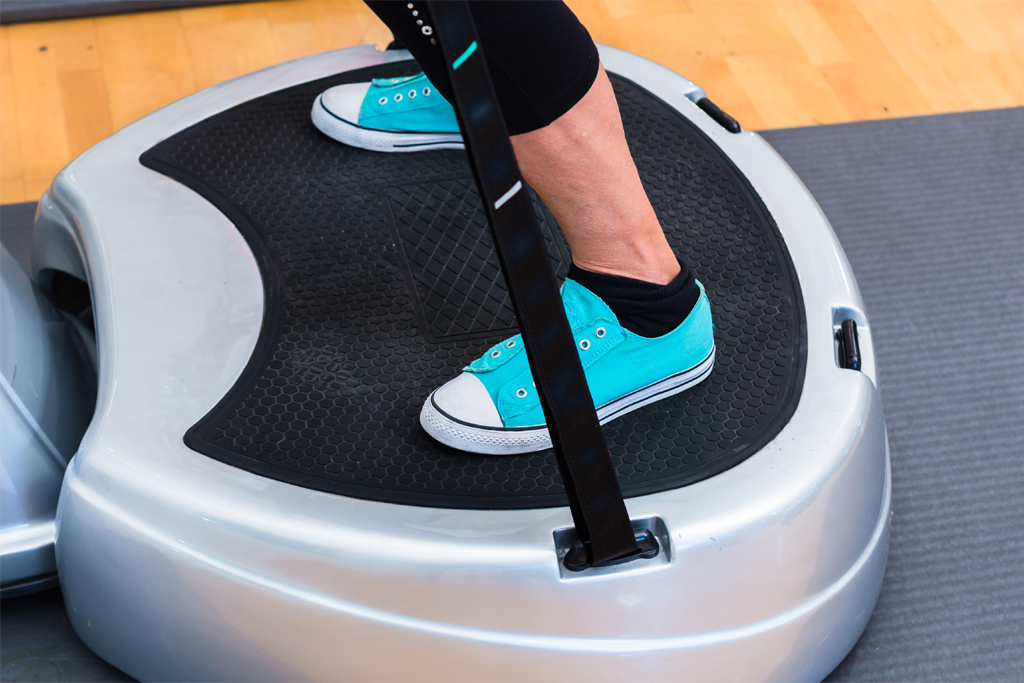For half a century, patients with chronic pain were treated with potent prescription drugs; while sometimes effective, this approach had many serious adverse effects, including dependence, addiction, and, in too far many cases, overdose, leading to high fatality rates.
It is estimated that nearly 20% of American adults suffer from chronic pain and long-term disability. Of these, nearly two-thirds of affected individuals are women and the numbers are even higher with advancing age. The most common type of chronic pain is low back pain, followed by headaches, facial pain, and musculoskeletal pain from injuries. Chronic pain also leads to millions of Americans missing work or school each year. The estimated costs of managing chronic pain are nearly $635 billion a year and rising every year.1,2
Living with chronic pain causes serious deterioration of interpersonal and professional life, affects independence, mobility, and a poor quality of life. Further, chronic pain has a severe toll on mental health leading to anxiety, depression, and elevated stress levels.
When bottling up the pain and discomfort, it often eventually spills over and makes you and others around you miserable. You may become less communicative, increasingly irritable, and withdrawn. If nothing is done, then it can lead to severe depression and loss of hope.
The tragic consequences of narcotic therapy have led to more reliance on the approach to managing pain called mindfulness. Today, mindfulness is a widely popular strategy to manage not only pain but also relieve stress, improve focus, and attain a better quality of life.
But what exactly is mindfulness?
According to John Kabat Zin3, a pioneer in mindful stress reduction, “Mindfulness is the awareness that arises through paying attention, on purpose, in the present moment, nonjudgmentally.” Mindfulness is a therapy that combines several other relaxation techniques, including tai chi, yoga, massage, deep breathing, meditation, and journaling.
The principles of mindfulness are not novel but originate from the spiritual practices of Buddhism and Hinduism that have been established for centuries. Today, mindfulness has been integrated into modern medicine and is accepted as a bona fide therapy for a range of psychological disorders, including chronic pain, anxiety, stress, depression, and several other emotional disorders.4
What is the principle behind mindfulness?
Mindfulness exercises assist individuals with pain to focus their minds on the moment without judgment. Daily mindfulness practice is recommended for people with chronic pain because most people have constant worries or negative thoughts about pain. These negative thoughts are not abnormal but can worsen the intensity of pain and mood. When one can focus on the relaxing body, feel the body sensations, and breathe in the moment, this can help lower pain and reduce the symptoms of anxiety and depression.5, 6
Is there evidence that mindfulness relieves pain?
There are many reports in the literature indicating that regular mindfulness can lower pain. Some brain imaging studies show that there is less activation of parts of the brain associated with painful signals during mindfulness. Besides, other studies show that participants were able to decrease and/or eliminate the use of pain medications by practicing regular mindfulness.7, 8, 9

Getting started with mindfulness
One can either get help from a mindfulness clinician or psychotherapist to learn how to start mindfulness but there are also ample resources on the internet, books, CDs, smartphone apps that that anyone can use to get started right away. Also, there are numerous online mindfulness programs geared towards managing chronic pain on youtube and Mayo Clinic Connect or you may ask your healthcare provider about mindfulness workshops and therapy groups that are conducted by an experienced professional.
Incorporate positivity and controlled thinking
- Alter your thinking mode. For mindfulness to be effective, it’s important to change how you think. Rather than being negative, adopt a more positive attitude. You need to free yourself from the negative emotional tentacles induced by the pain.
- Learn to communicate. Most healthcare workers and your family would like you to be pain-free; hence do not be embarrassed to talk to them about your mood, pain, and anxiety. At the end of the day, you will need support from other people to get you through tough times. For example, if you are unable to attend a dinner date with a colleague because of the pain, do not suffer in silence; speak up and perhaps your colleague may suggest an alternative event that is not as daunting.
- Advise yourself. If another person with chronic pain asks you for advice, what would you recommend? Use that same advice on yourself and it may do wonders.
- Remain positive. Pain can undermine confidence and self-esteem. But do not let the pain stop you from achieving what you want. Use the moment to inspire yourself or remind yourself of something that you overcame in the past.
- Practice deep breathing. The simplest way to relax and lower stress is to practice slow deep breathing. Close your eyes and count the cycles of each deep breath for about 60 seconds; it can provide you with instant calm and erase all negative thoughts.
- Keep a diary. Every single day record all the good things in your life, no matter how big or small. For example, you may have fed squirrels nuts during a cold winter day or you may have carried groceries for an elderly person. Keeping a diary will make you aware that life is not always bleak and that you are grateful for all the good things that you have accomplished. With time, your diary will become your source of motivation.
- Become physically active. One of the best ways to nurture the mind, lower stress, and enhance the mood is to become active. Of course, the pain will limit what physical activity you can do but start small and do something you enjoy. Even walking or stretching is better than sulking on the couch. The key is to enjoy whatever you are doing and it will slowly act as a distraction from the pain.
Adopt a mindfulness practice that works best for you
There are several forms of mindfulness therapies, all of which may be equally effective. Choose one that you suits you best. More important than the type is that you stick to a mindfulness practice on a routine basis. Choosing a style that works for you will help you to succeed. Types of mindfulness therapies include:
- Individual meditation usually involves sitting alone in a quiet place with the eyes closed with no specific thought in mind. Meditation induces a gentle calm, allows one to connect to the body, and focus on the moment such as breathing or a sound. The key is to allow the thoughts to flow without attaching any specific significance to them.
- Guided meditation involves listening to a recording or a live person who helps you achieve a state of relaxation while meditating. This technique may also use breathing techniques and imagery such as focusing on a specific image, thought, or address a specific issue while in a calm state. With time, guided meditation will help you relax and ease tension.
- Yoga has been practiced for centuries; With this technique, one focuses on breathing and body position to attain a state of relaxation. However, yoga does require good technique and you may find it to have a learning curve. A great thing about yoga is that it can be practiced anywhere at any time and does not require any fancy equipment – just a comfortable yoga mat.
- Combining mindfulness and cognitive therapies: Some individuals with pain and stress may also benefit from the combined use of cognitive-behavioral therapy with a licensed practitioner along with mindfulness therapies.

How does mindfulness ease chronic pain?
The exact mechanism whereby mindfulness eases pain is not known but the following actions may be playing a role:
- Distraction from the noxious stimuli
- Prevention of mind wandering
- Sustained attention
- Ability to redirect focus
- Modulating emotions
- Shifting the nervous system into a parasympathetic state
Conclusion
To achieve the benefits of mindfulness, it is important to understand that this is not a one-shot deal but must involve a change in lifestyle and dedication. Mindfulness should be practiced regularly to achieve the benefits and can even be combined with traditional pain therapies for maximal benefits. The technique can be performed anywhere and at any time. Practitioners of mindfulness should be aware that the benefits of mindfulness do not appear overnight but may take several days or weeks. For those who remain dedicated to mindfulness the rewards are immense – not only will the perception of pain be reduced but the quality of life will improve, and these benefits are enduring.
Can Exercise Reverse Neuropathy?

While painful symptoms of peripheral neuropathy might make it seem like exercise is not a…
Does Vibration Therapy Work for Neuropathy?

Peripheral nerve damage is a difficult condition to address. The standard treatments are effective (for…
Don’t Let These Myths Stop You From Applying For Disability

Have you ever thought about applying for disability benefits for peripheral neuropathy, but some information…
Using Relaxation to Relieve Symptoms: Yes, It Works!

When dealing with ongoing physical stressors, like the relentless symptoms of neuropathy, your body reacts…
6 Mind-Body Therapies You Need to Try

You know how the saying goes -- don't knock it before you try it. Mind-body…
How to Sleep Better with Chronic Pain

Lack of sleep leads to an increased perception of pain. But also, chronic pain keeps…











